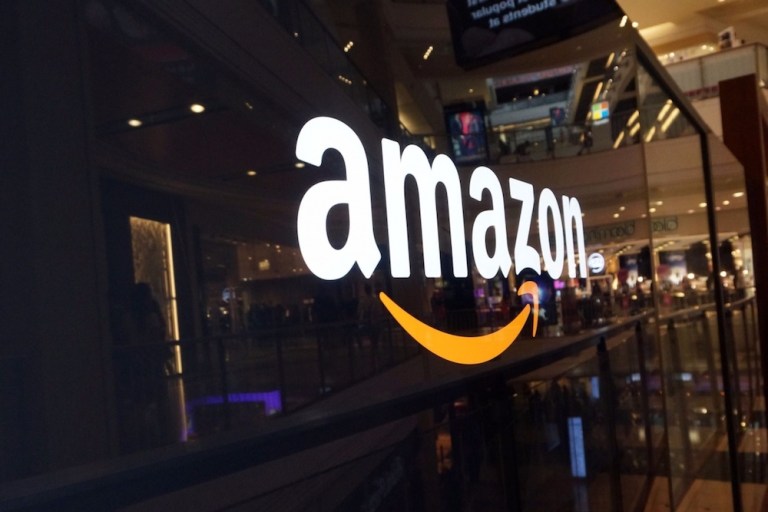
And the hits just keep on coming.
Some companies might have decided to coast on the buzz generated by a $13.7 billion acquisition of Whole Foods, and bask in the glow of the stock market’s resulting trembling as competitor stocks at Walmart, Target and Costco fell in response (not to mention Kroger and basically all of the grocery world). Amazon’s stock, on the other hand on the other hand went up 3 percent on the news.
Interestingly, a 3 percent increase in Amazon’s stock price was worth about $14 billion – meaning the marketplace excitement generated by Amazon’s announcement essentially made the acquisition of the nation’s sixth-largest grocery store chain a freebie.
But then, if Amazon has spent two decades proving anything, it is that it is not most companies. And in a “just one more thing,” kind of moment, Amazon let loose with another retail earth-shaker to start off the week: Amazon Prime Wardrobe.
Taking a page from the Stitch Fix and Trunk Club playbook, Amazon is offering Amazon Prime Wardrobe, a try-on service that will allow consumers to order items like shoes, clothing or accessories at no upfront charge. After seven days, customers decide to what they will keep and pay for, and the rest goes back free of charge. Plus, the service itself is free of charge as well, provided one has already paid the annual Amazon Prime membership fee.
“Prime Wardrobe is a new service that brings the fitting room to you, so you can try the latest styles and find your perfect fit before you buy,” Amazon said on its website, announcing the roll out of the service.
New Pressure For Department Stores Under Pressure
Shipments will come in a resealable box with the item included and a prepaid label for returns, “to make the return process less of a hassle for shoppers,” according to Amazon. Customers who keep five or more items receive a 20 percent discount, customers who keep three or four get 10 percent off.
As for items on offer, Amazon’s in-house fashion items are obviously for sale, but so are brands outside Amazon’s private label: Adidas, Calvin Klein, Levi’s and Hugo Boss were some of the announced brands. All in, the Prime Wardrobe reportedly will offer customers “more than a million items from shoes to accessories and clothing.”
And to their already-embattled competitors in the apparel retail space, Amazon will also be offering about a million sleepless hours, according to industry watching experts.
“If I were Macy’s, I’d be scared by this,” said Morningstar analyst Bridget Weishaar. “Amazon is offering a very convenient way to avoid going to stores,” she added, before noting that millennials are especially happy to skip the trip.
Experts are now wondering how retailers in the brick-and-mortar world, already struggling to attract footfall to their stores, will respond to the new pressure – especially since Amazon is selling labels that they also carry.
“Already, stores of all stripes are struggling mightily to figure out the right combination of online and store to serve the needs of shoppers,” Evercore ISI analyst Omar Saad wrote in an email to clients Tuesday. “Amazon is not afraid to experiment and has been working hard to find the right fit in fashion.”
Amazon still trails competitors Nordstrom and Macy’s in the fashion business by a fair margin, Saad noted – adding that that margin has been becoming thinner by the day and Amazon’s sales are expanding, while its competitors are contracting. And, he notes, they are clearly in this to win this.
“Amazon brings to the table its massive scale, logistics expertise, aggressive stance and nearly endless supply of funds.”
What’s Next
Prime Wardrobe is not quite out for public consumption – the service is still in beta testing mode, though Amazon has confirmed that customers can sigh up to be informed when it becomes available in their area.
As for what more broadly to expect from Amazon – as Karen Webster noted in her commentary this week – probably more of the unexpected, since Amazon has mastered the element of surprise when it comes to its ongoing assault on 20th century retail.
Even if that is not quite how they would characterize it.
“What [Jeff Bezos] would probably say, though, is that the element of surprise with the Whole Foods acquisition isn’t so much about beating the competition, but observing what consumers want and then giving it to them. But if that also means destabilizing the competition, then all the better.”